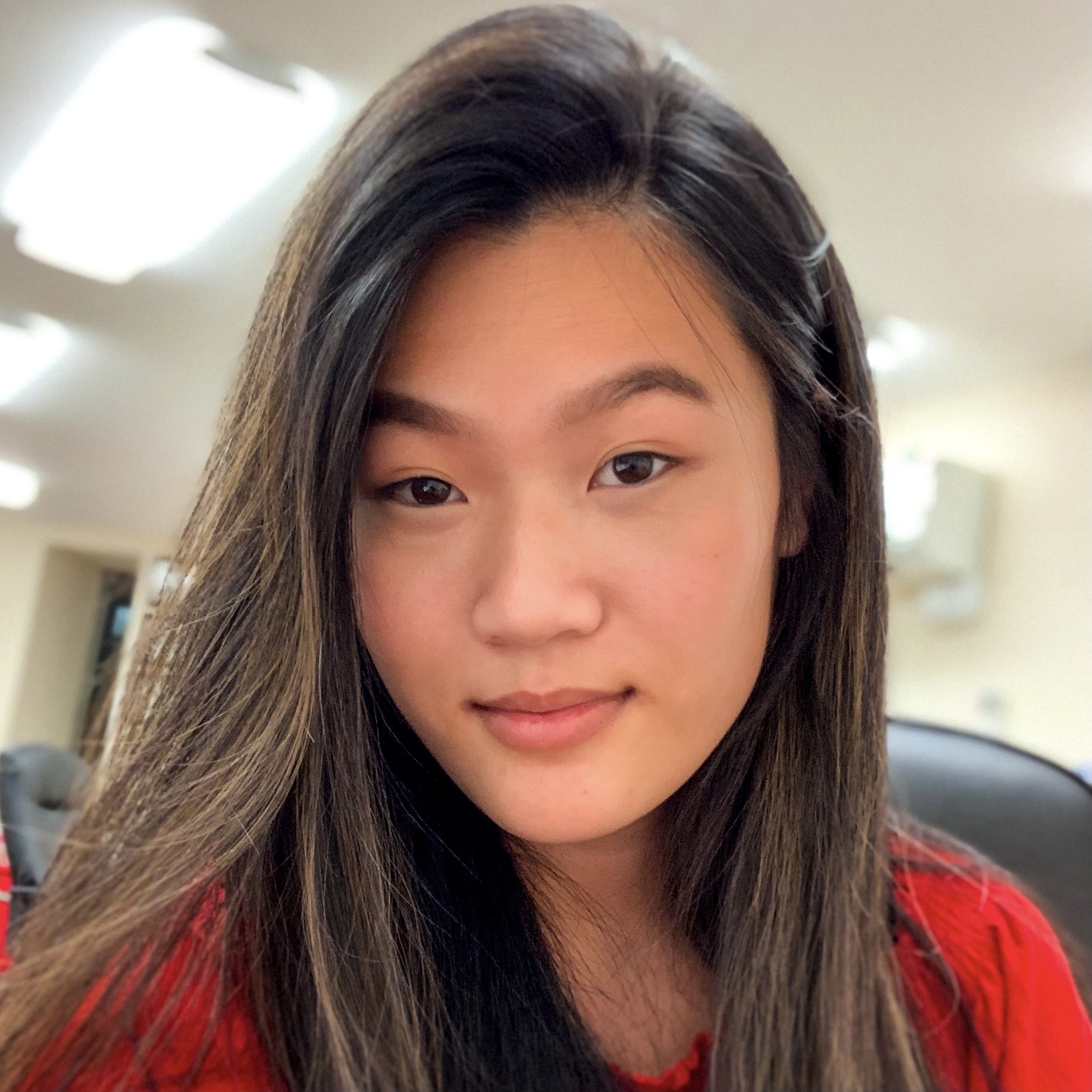I’m a young reporter from a low-income, working-class background. Sometimes, I ask myself why I’m still charging so eagerly into an industry that seems intent on pushing me away. Journalism’s high barriers to entry drive out talent from marginalized groups at a time when the field can least afford it.
I grew up attending schools in wealthy Southern California suburbs known for their competitive education systems because my parents wanted to give my brother and me the best opportunities possible. So when we couldn’t afford to rent a small home within the bounds of a school district, they’d find creative means to enroll me.
Tutoring and college preparation centers also favor the well-resourced: For a hefty price, they can teach wealthy patrons exactly how to strategize to improve performance on standardized tests. Tutors.com puts the average price of SAT tutoring at $70 an hour — at that rate, I’d have had to work more than six hours at my high school job for each hour of tutoring. Even self-studying requires the advantage of time, something students who must work to support their families are less likely to have.
Specialized summer programs also help a college application stand out. I’ll never know if the one I attended at age 16 tipped my application from the “waitlisted” to the “accepted” pile, but in retrospect, I regret taking the trip at all. That program for young journalists charged thousands of dollars for two weeks in New York City, even after financial aid. Months after I returned from New York, my dad told me my mom had wept behind closed doors, wondering how she could afford to send me to a dream opportunity. She’s an avid photographer; it’s the one passion she indulges in when she’s not picking up clients as an Uber driver. She sold her best camera to help fund my trip.
All of this is to say, getting into a four-year university depends largely on generational wealth, which a myriad of immigrant households and historically marginalized racial minorities are still struggling to build. Those on the unlucky side of the gap see disadvantages compound from the start. I come from a family that lived below the poverty line, and that likely helped me earn a full scholarship to Boston University. This stroke of luck has changed my life, but it’s important to acknowledge that the hurdles don’t end there.
[the_ad id=”667826″]
For those of us entering the journalism industry, experience is vital to securing internships, the rungs on the ladder to a job after graduation. That’s why so many student journalists put their reporting work above classwork. Obtaining college journalism experience comes at a cost not everyone can afford, regardless of how hardworking or passionate they may be. Editors at my university’s independent newspaper work — voluntarily — anywhere from 40 to 50 hours per week, on top of classes. In fact, our vetting process for new editors includes asking whether they have any time commitments that could conflict with newsroom work hours. If you have a part-time job with unpredictable hours, you’re most likely out of luck.
Student newspapers everywhere should be brainstorming accommodations, whether offering more flexible hours or remote work post-pandemic, for talented folks for whom a paycheck means survival.
Unpaid internships only exacerbate this problem. Whatever benefit comes from those opportunities is only available to those who can afford to pay rent for the summer while working full-time for zero income. GBH, where I’m working now, just began offering paid internships last semester. If this change had occurred later or not at all, I would have missed out on working at a radio station I admire so much.
To move toward more equitable newsrooms, employers who have the means must offer only paid internships, and recruiters must invest in applicants from community colleges and lesser-known state schools because a shiny brand name is not the best determinant of ability.
These systemic issues are prevalent in every white-collar field, but they harm journalism perhaps more than most. In the wake of proliferating misinformation, a free press provides a public service that’s more important than ever, yet newsrooms across the country fail to represent the people they cover. In 2019, nonwhite staff made up only 22% of salaried employees at newsrooms who responded to the News Leaders Association’s Newsroom Employment Diversity Survey. Making the field more accessible will not only help more readers, viewers and listeners feel represented, but it may save an unstable, beleaguered industry. Employment in newsrooms fell by 23% from 2008 to 2019 as local newspapers have shut down, the Pew Research Center reports. A diverse staff that expands audiences could spell the future for journalism.
[the_ad id=”667872″]
There is some light, however: As The New York Times reported just last week, a nonprofit in New York, the National Education Equity Lab, launched a program that enrolls high school students from high-poverty communities into Ivy League courses. The results? Since 2019, more than 60% of these students passed the pilot course at Harvard University with an A or B grade. When the gatekeepers of ivory towers offer equal opportunity, they’ll find no dearth of talent and drive among the disadvantaged.
I know the journalism industry was not built for me. Because of this, I also know I want to be part of its evolution. When I’m at the end of my career, my greatest hope is to say goodbye to a newsroom full of people who — from staff writers to senior editors — genuinely relate to the gamut of their readers.
This article was produced with the Student Press Law Center as part of a project for Student Press Freedom Day.
More from Poynter
- How the journalism industry’s elitism locks out folks from underrepresented backgrounds
- Poynter’s journalism internship database
[the_ad id=”667878″]








Journalism focuses too much on looking like the community and not enough on thinking like the community. Media outlets need to recruit people who think differently than they do. Try hiring some conservatives and people of traditional religious faith.